
By Alexander Kelvin SMITH
We find ourselves in an era where people no longer believe everything they see, hear, or read. Communication, once a bridge between truth and understanding, now competes in a marketplace where attention is currency and perception is often mistaken for reality. For brands, institutions, and even governments, there is a paradigm shift from being visible to being believable.
Trust has become the new credibility. And to be honest, rebuilding it will take more than good press releases, digital aesthetics, or media campaigns; it will take integrity in action, consistency in communication, and a clear sense of purpose that goes beyond optics.
The Age of Information Fatigue
Every minute, millions of pieces of content flood our feeds, each one crafted to catch the eye, stir emotion, or drive engagement. But this abundance of information has ironically created a scarcity of trust. People are tired of being marketed to, lectured at, or manipulative stories that is in sharp contrast with reality.
We now live in what I like to call the age of information fatigue; a time where audiences are both overexposed and under-convinced. They scroll, they see, they react, but they rarely believe.
This erosion of trust is not just a social phenomenon; it’s a strategic communications crisis. When audiences no longer trust what brands or leaders say, even the most well-intentioned messages fall flat. And once that credibility gap widens, it takes years, sometimes decades to close.
Trust as the New Competitive Advantage
In communications, trust is not a by-product of good storytelling; it’s the foundation of effective influence. Every organisation today operates in a fragile ecosystem of perception. One misstep, an insincere statement, a half-truth, or a mismanaged crisis, can erode years of brand building.
Smart communicators understand that trust is now a strategic asset. It’s what differentiates noise from authority. When people believe in your message, they will engage, defend, and even advocate for your brand. But when they do not, every campaign feels like shouting into a void.
Brands that thrive in this new era are those that have mastered authentic transparency. They communicate with clarity, admit mistakes when they occur, and speak with a human tone, not a corporate script. They show empathy, not perfection.
Rebuilding Credibility: A Communications Responsibility
The truth is, rebuilding public trust starts with communicators. Our work doesn’t stop at crafting messages; it begins with shaping meaning. Whether in corporate affairs, public relations, or policy communication, our role must evolve from simply informing to inspiring confidence.
Rebuilding credibility means revisiting how we tell stories. Are we using communications to mask corporate shortcomings or to highlight real progress? Are we amplifying people’s experiences or just feeding brand vanity? These are the difficult but necessary questions.
As I shared during my recent radio conversation, communications is no longer just a tactical function—it’s a moral one. The credibility of institutions and the stability of public discourse depend on how honestly we engage with audiences. If we keep prioritizing image over substance, then we become architects of the very distrust we’re trying to combat.
Consistency and Human Connection
People trust people, not faceless entities. That’s why the most trusted brands today speak with a tone that feels human and consistent. They don’t just appear during campaigns or crises—they show up every day, in small ways that reinforce their values.
Consistency builds memory. Memory builds familiarity. And familiarity builds trust.
Take the example of a leader who communicates with clarity and candor, even in moments of uncertainty. Their voice becomes a stabilizing force in times of doubt. The same applies to organizations that communicate not only their wins but their lessons, their setbacks, and their growth.
Trust grows in those transparent spaces where audiences can see both intent and effort.
Beyond Optics: Where Trust Truly Lives
Let’s be honest—communication today has become too polished, too filtered, too rehearsed. Everyone wants to appear purpose-driven, inclusive, and authentic, but few are willing to put in the work to embody those values consistently.
Beyond optics lies the real test: how does your brand behave when no one is watching? How do your leaders speak when there’s no camera, and how do your policies align with the promises you make in press releases?
It’s not that the public expects perfection—they expect truth. And truth, in its purest form, is not always flattering but always freeing.
Trust is not built through campaigns; it’s built through continuity. It’s not sustained by visibility, but by values.
The Way Forward
Rebuilding trust requires a new communications ethos, one that prizes sincerity over style and depth over virality. It’s about moving from communication as impression to communication as impact.
Here are three ways we can start:
Lead with Clarity: Avoid the temptation to over-polish your message. Say what you mean, and mean what you say.
Show Evidence: Don’t just make claims—demonstrate them. Let your audience see progress, not perfection.
Build Human Narratives: Speak to people, not to markets. Craft messages that respect their intelligence and emotions.
In the long run, the most valuable capital any brand or institution can hold is not visibility—it’s trust. And in this age of skepticism and fatigue, that trust must be earned, not assumed.
I think the future of communication belongs to those who dare to be real. The ones who understand that influence isn’t in the loudness of your message but in the integrity behind it.
Because when the noise settles, trust will remain the last standing truth.
The post Beyond optics: Rebuilding public trust in the age of information fatigue appeared first on The Business & Financial Times.
Read Full Story

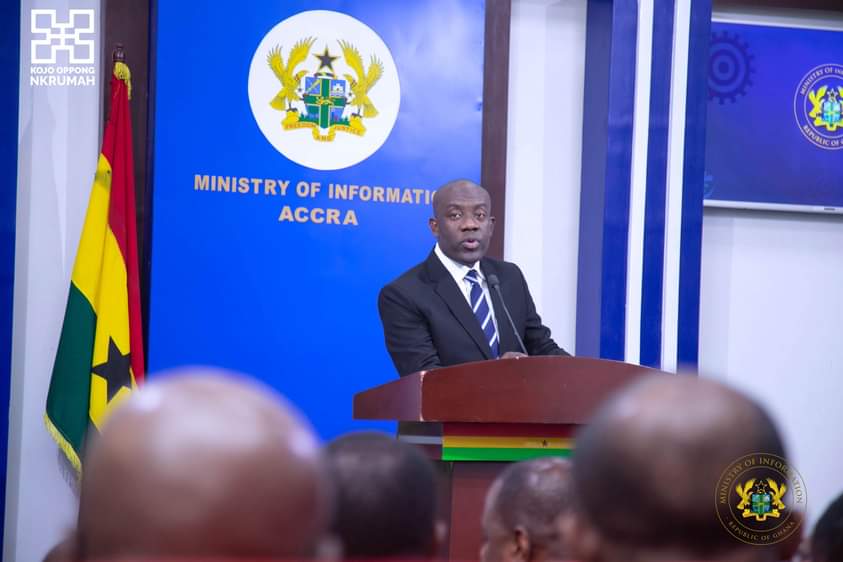




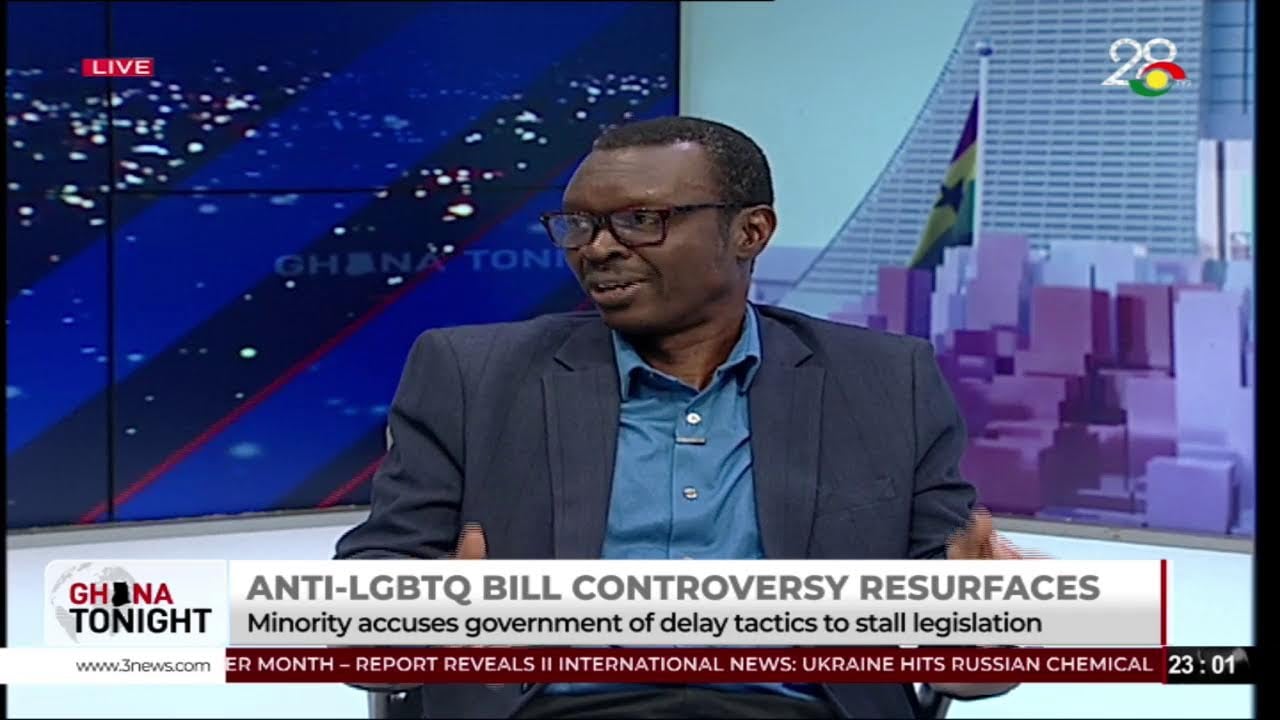

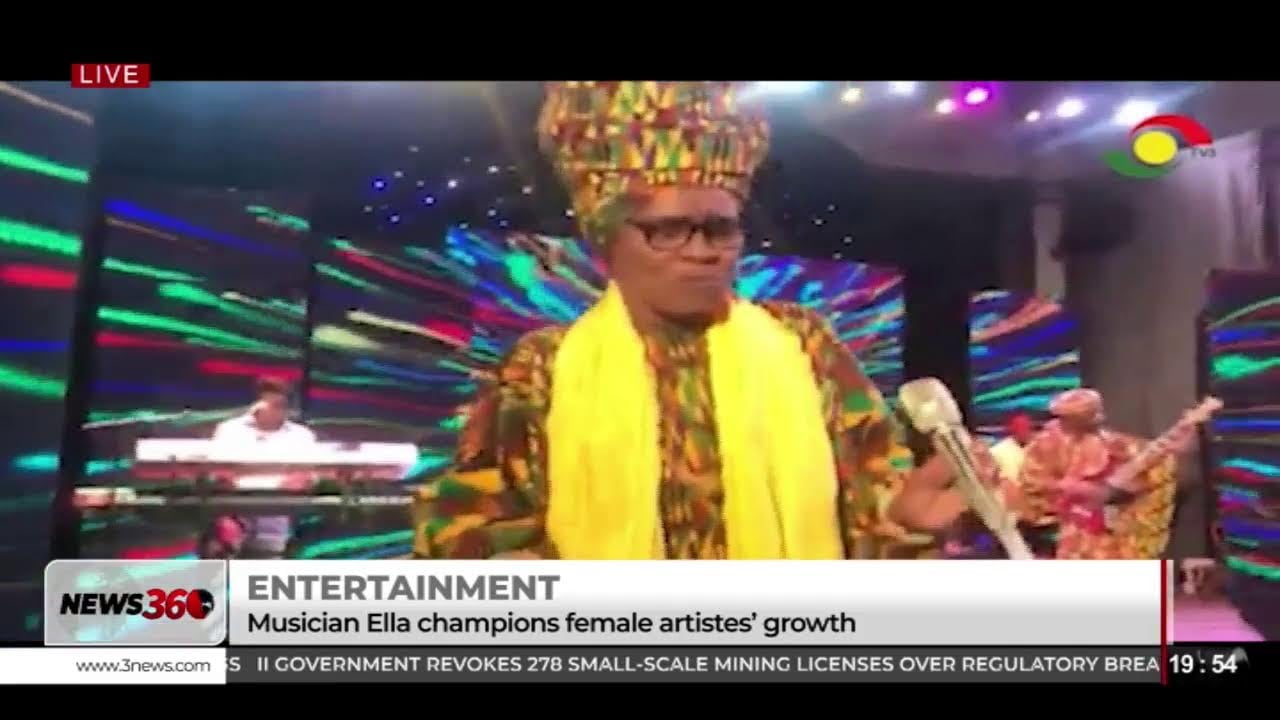
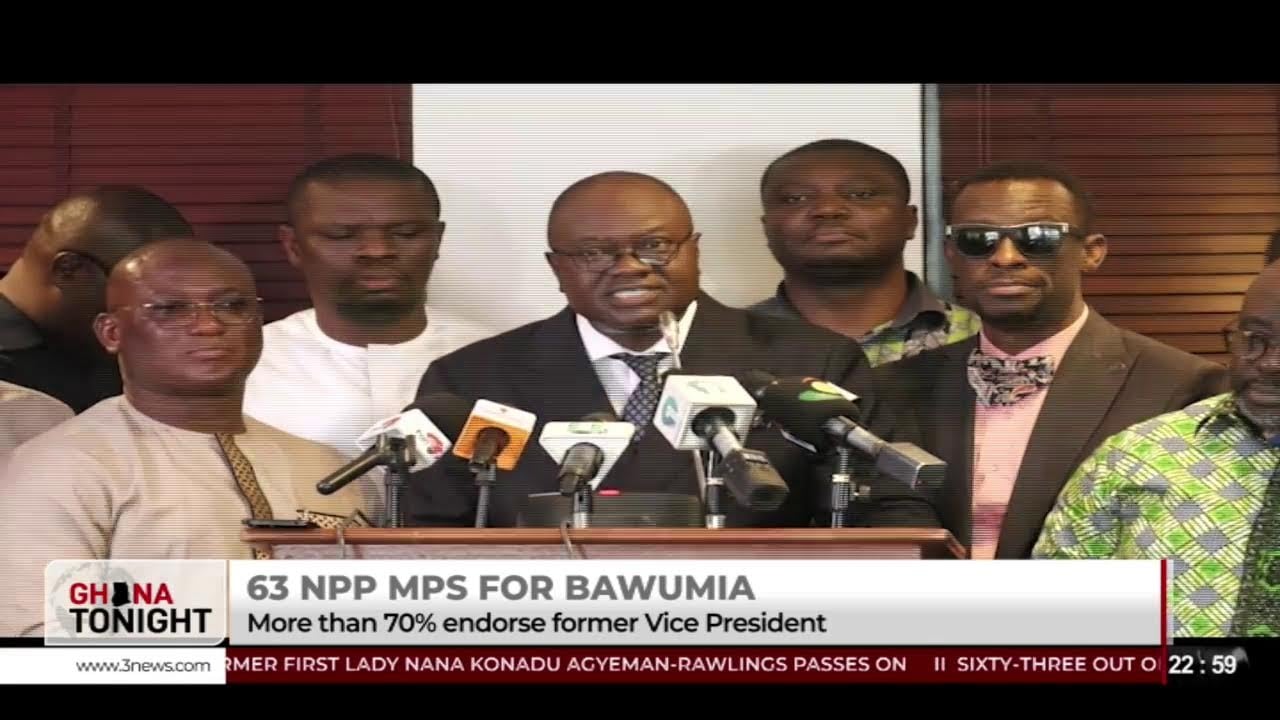



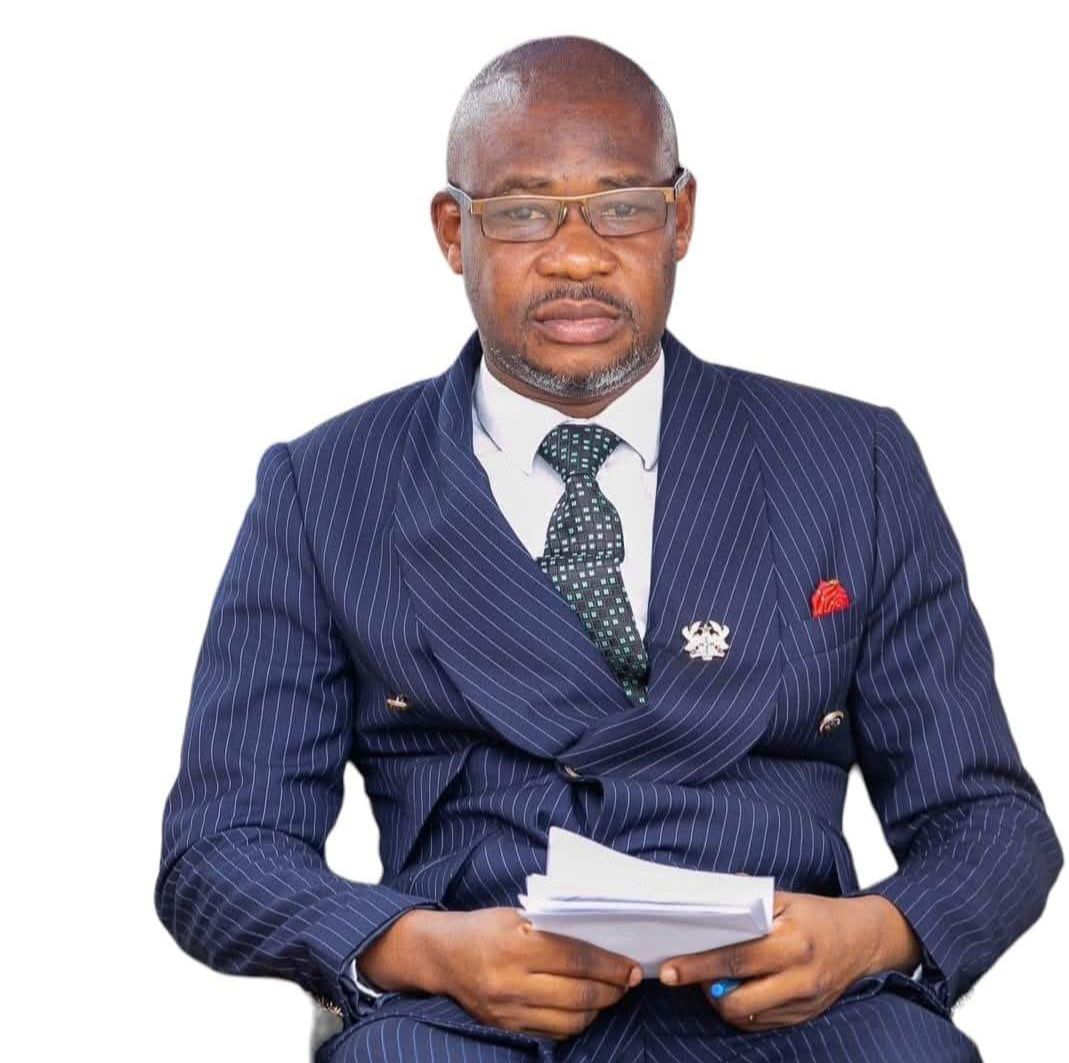








Facebook
Twitter
Pinterest
Instagram
Google+
YouTube
LinkedIn
RSS